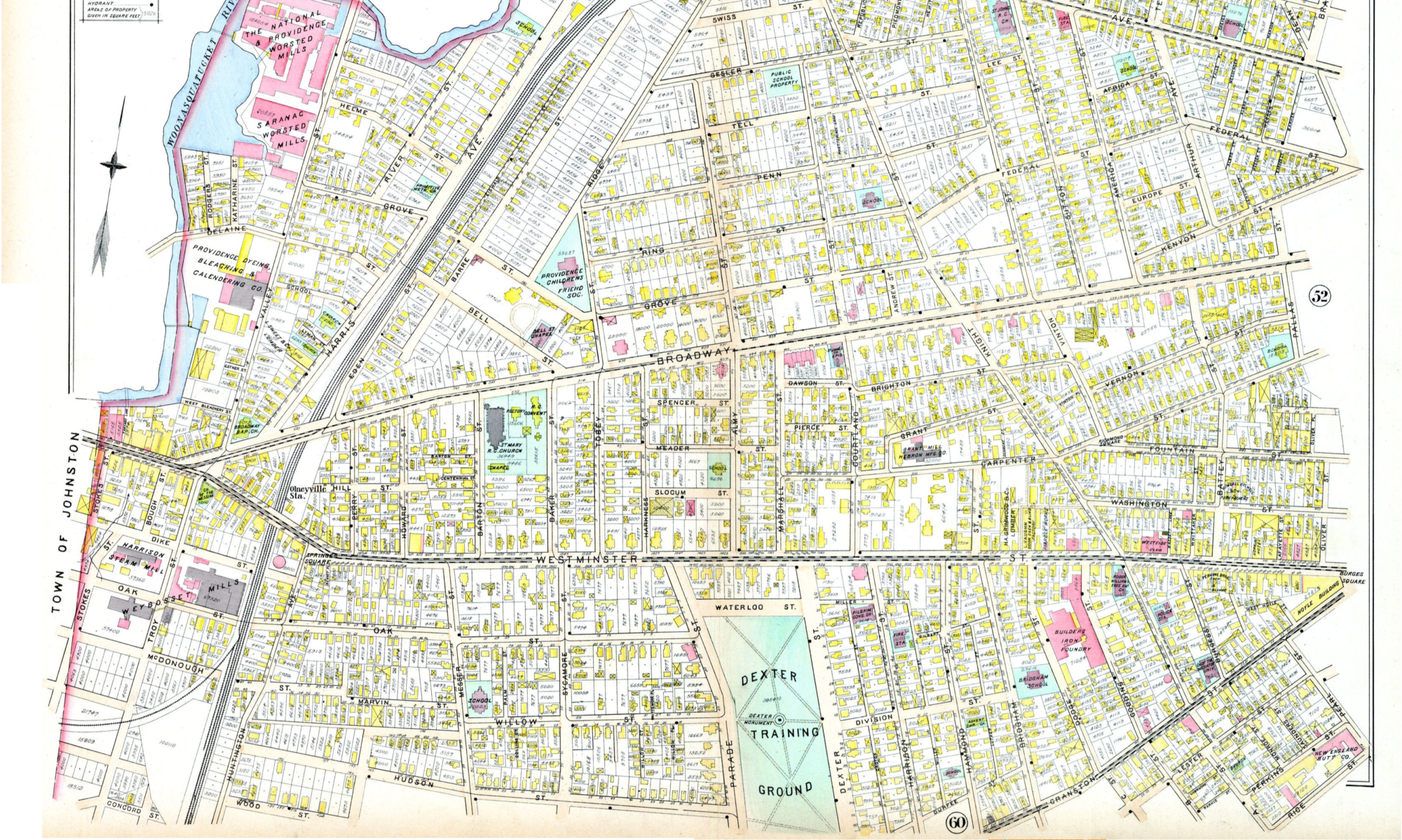People decide which kind of transportation to take based on what is convenient and cheap. Our preferences make a small contribution to the decision, but we’re mostly just pragmatic. Due to the massive public investments in highways and car infrastructure that our federal, state, and local governments have made in the past fifty years, in many places today the only safe option is cars. I think you’ll agree that having more options would be good.
We built for cars, now deferred maintenance is coming back to bite us
In many places, bicycle and pedestrian safety were not considered in the construction of roads or residential and commercial development. Public transit agencies are chronically underfunded while lawmakers desperately smash their piggy banks to find funds for highway repair.
But as those public works maintenance bills come due and the federal money that usually pays for them dries up, many local governments are realizing that it is a much better use of their transportation budget to invest in options that are lower cost than rampant kowtowing to wider highways and more flyovers.
What could the repair money fund instead?
In Providence, Rhode Island, $500 million of repairs are needed on a small highway spur called the 6/10 connector. This highway occupies 73 acres of land on the city’s West Side, cutting off the vibrant neighborhood of Federal Hill from the Woonasquatucket River and the neighborhoods of Olneyville and Valley. The rich legacy of Providence’s industrial past is visible in the buildings of these neighborhoods, and but for the concrete wall of exhaust fumes isolating them they could share the vibrancy present in Federal Hill.
Bus Rapid Transit needs dedicated lanes to work.
At the same time as state & local governments are faced with the nine-figure price tag to keep this monument to auto-dependence functional, the Rhode Island Public Transit Authority (RIPTA) is rebranding its best-used bus lines as Bus Rapid Transit (BRT). BRT is a relatively new innovation in transit, based on the idea that with adequate investment, bus service can be as convenient and comfortable as subway or light rail. Cities around the world (especially in Colombia and Brazil) have shown that strong BRT systems have increased the mobility and accessibility of their cities for a relatively low price tag. As RIPTA adds to its R-line improvements, it would be good to see local and state government offer their support for a successful BRT system through components like:
- Dedicated lanes or right-of-way
- Preference at traffic lights so that buses always get a green light.
- Bus stops more like subway stations featuring off-board fare collection, no step up to entry, real-time displays of wait time, and big well-designed maps.
Removing highways reduces traffic for less money
Let’s get back to that ugly expensive highway that needs to be removed. Highway removal has a successful recent history across North America. The Embarcadero in San Francisco and the West Side Highway in New York are the two most-often cited examples. Numerous other cities have seen removal or urban highways leading to reduced traffic and economic development. Yes, that’s reduced traffic. Counterintuitively, more highway lanes leads to more traffic and fewer highway lanes leads to less traffic. As Providence has seen with the land made available downtown through the moving of I-195, the opportunities for real estate investment on former highway land are enormous.
It’s up to us to make this happen
I suggest this. I suggest the 6/10 Connector be removed. I suggest replacing it with a boulevard that includes separated walking and cycling paths as well as dedicated transit lanes. I suggest we contact Michael Lewis at RIDOT and the gubernatorial candidates to ask for the conversion of this space to a safer, more urban corridor. It’s time Rhode Island made the mature decision on transportation infrastructure and focused on more cost-efficient mobility.




One Reply to “Rhode Island should save costs and replace 6/10 with a boulevard”
Comments are closed.